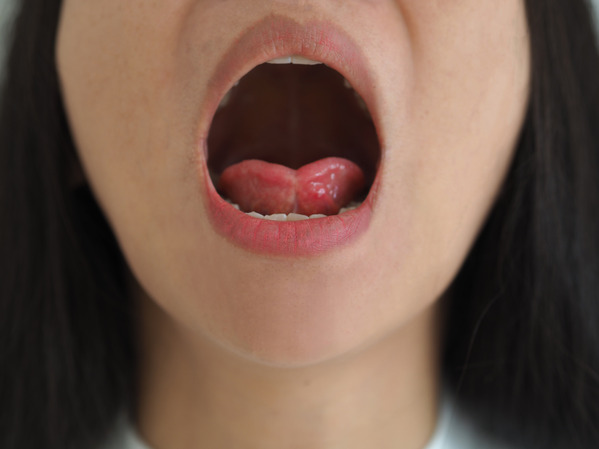
Tongue-tie, medically known as ankyloglossia, is a condition where the tongue’s movement is restricted due to a short, tight, or thin lingual frenulum, the piece of connective tissue found between the tongue and the floor of your mouth. It can significantly affect speech and eating in children, leading to various challenges in their daily lives. To effectively diagnose and treat tongue-tie, healthcare professionals use several classification systems to evaluate its severity and type. Read on to learn more!
Kotlow’s Assessment
One of the primary tools used to classify tongue-tie is Kotlow’s assessment. This method categorizes the condition based on the distance from the tip of the tongue to the tie:
- Class 1 (Mild): The tie is 12–16 millimeters from the tip of the tongue. Children in this category have a slight restriction, which may cause minor issues in tongue movement.
- Class 2 (Moderate): The tie is 8–11 millimeters from the tip of the tongue. This level of restriction is more noticeable and can lead to moderate difficulties with speech and eating.
- Class 3 (Severe): The tie is 3–7 millimeters from the tip of the tongue. Children with this degree of tongue-tie experience significant restrictions, severely impacting their ability to move their tongue.
- Class 4 (Complete): The tie is less than 3 millimeters from the tip of the tongue. This is the most severe form, where the tongue is almost entirely immobilized.
Frenulum Type
Another important classification system focuses on the type of frenulum:
- Type II: The frenulum is fine and elastic, anchoring the tongue 2–4 millimeters from the tip to the floor of the mouth. This type allows for some flexibility but still limits the tongue’s range of motion.
- Type III: The frenulum is thick and stiff, anchoring the tongue from the middle of the underside to the floor of the mouth. This type of frenulum creates a significant barrier to tongue movement.
- Type IV: The frenulum is posterior or not visible, but tight fibers can be felt when touching the area with the fingertips. This type is often more challenging to diagnose because it is less apparent visually.
Anterior vs. Posterior
The location of the tie also plays a crucial role in classification:
- Anterior Tongue-Tie: All four classes in Kotlow’s assessment fall under this category. Anterior tongue-ties are visible and measurable, making them easier to diagnose. They are located closer to the tip of the tongue and are typically addressed more straightforwardly.
- Posterior Tongue-Tie: These ties lie beneath the mucous membranes at the bottom of the mouth. Posterior ties are less visible and can be identified by touch, often requiring a more nuanced approach for diagnosis and treatment.
By better understanding how tongue ties are evaluated and classified, you can set your child up for an accurate diagnosis and effective treatment. Early intervention can significantly improve outcomes for children with tongue-tie, enhancing their ability to speak and eat comfortably.
About the Practice
At Chicago Tongue-Tie Center, we’re committed to providing exceptional oral health services for young patients, helping them maintain healthy and beautiful smiles from an early age. If your child is experiencing a tongue or lip tie, we offer effective solutions to improve their eating and speaking comfort. To identify the best treatment method, we’ll use several classification types to determine the severity and type. You can schedule an appointment with our team via our website or call (312) 313-9957.

